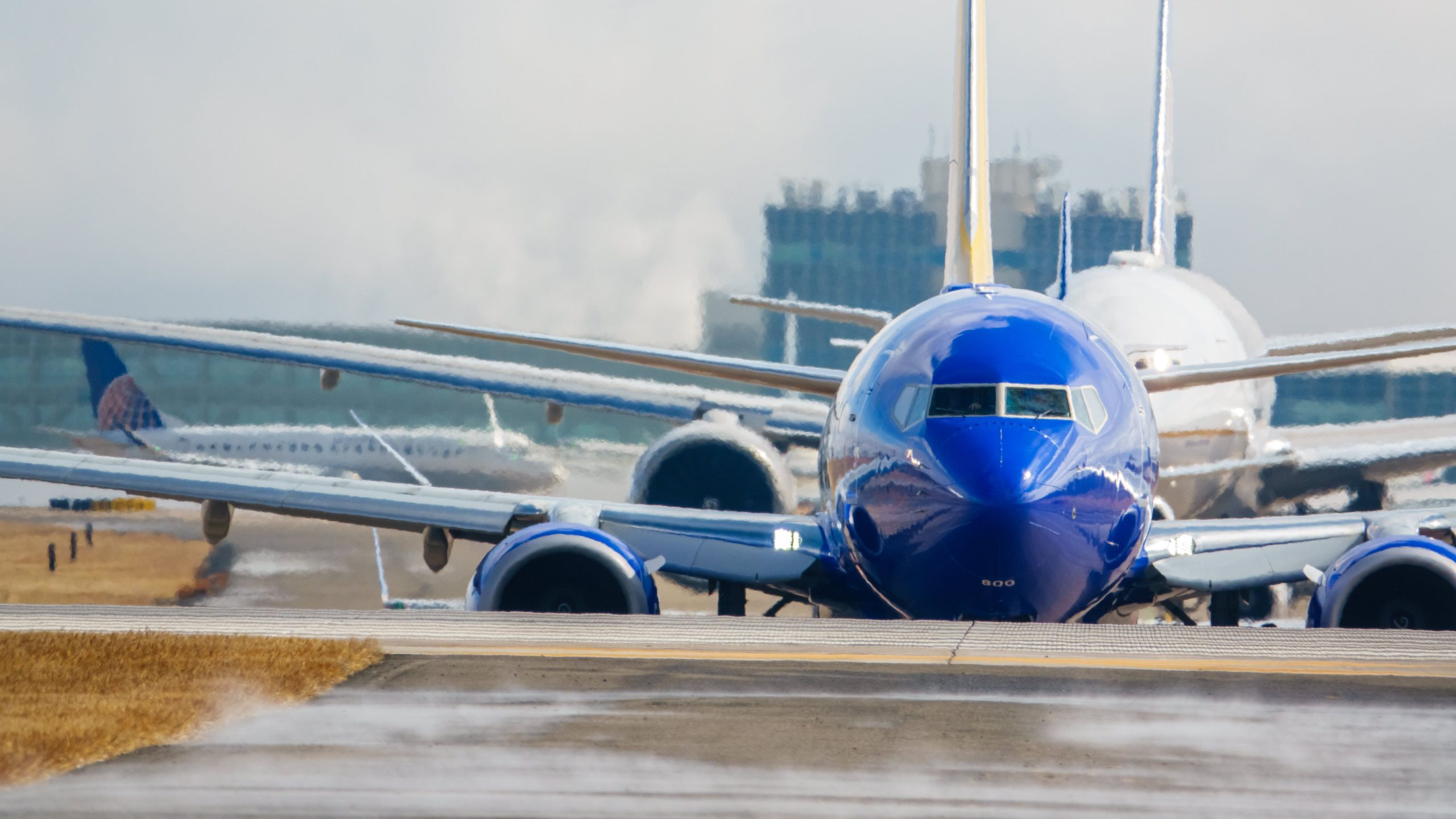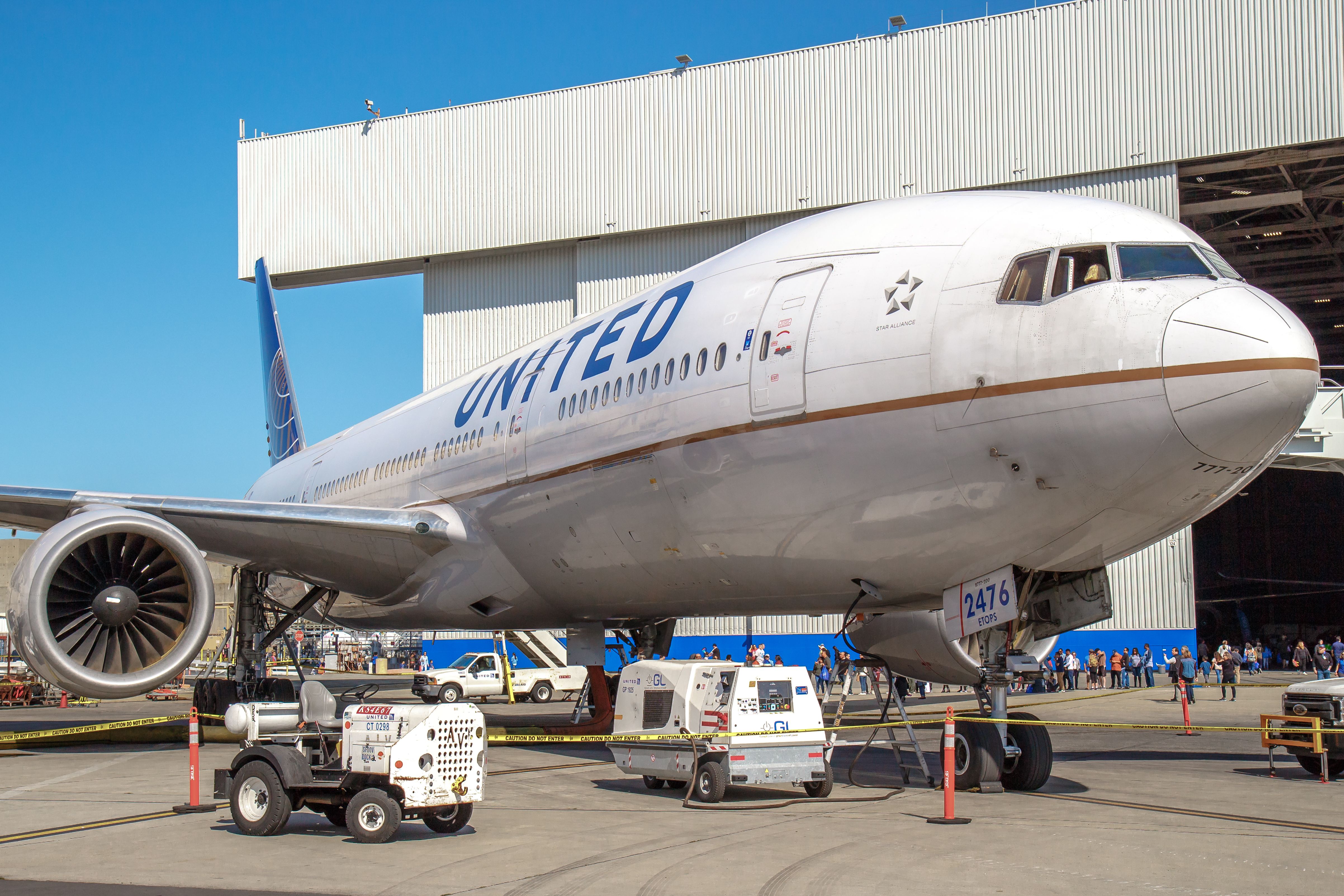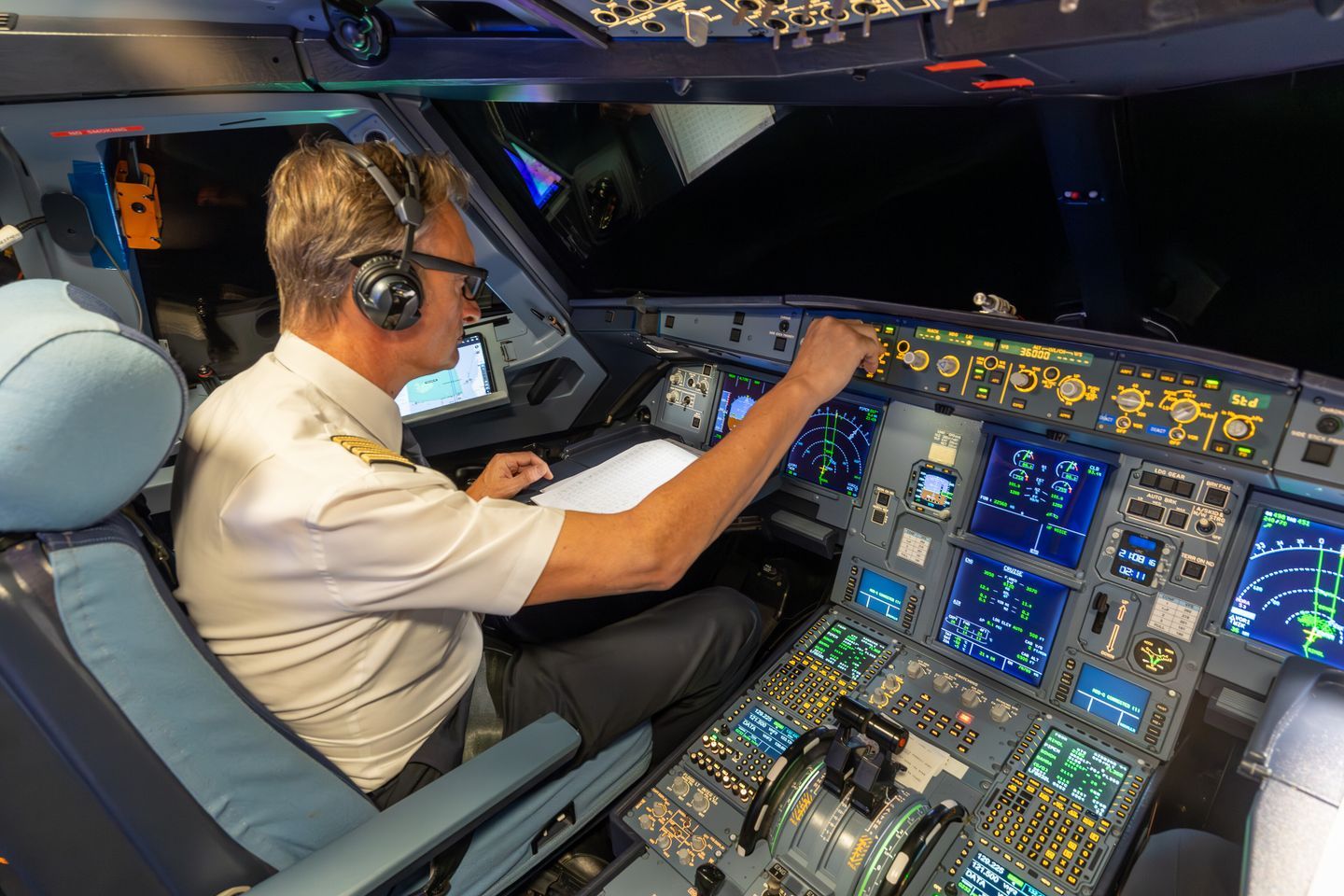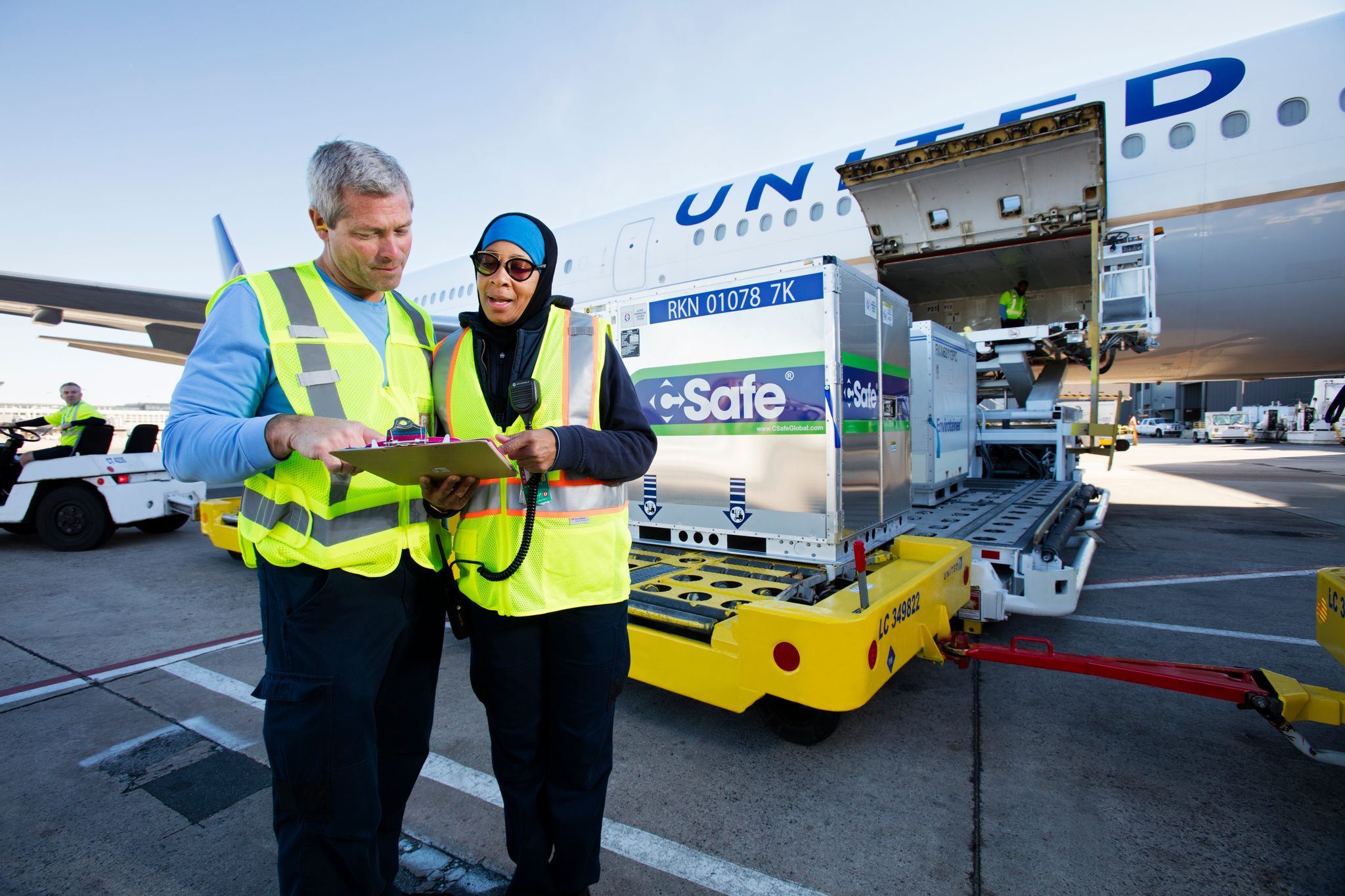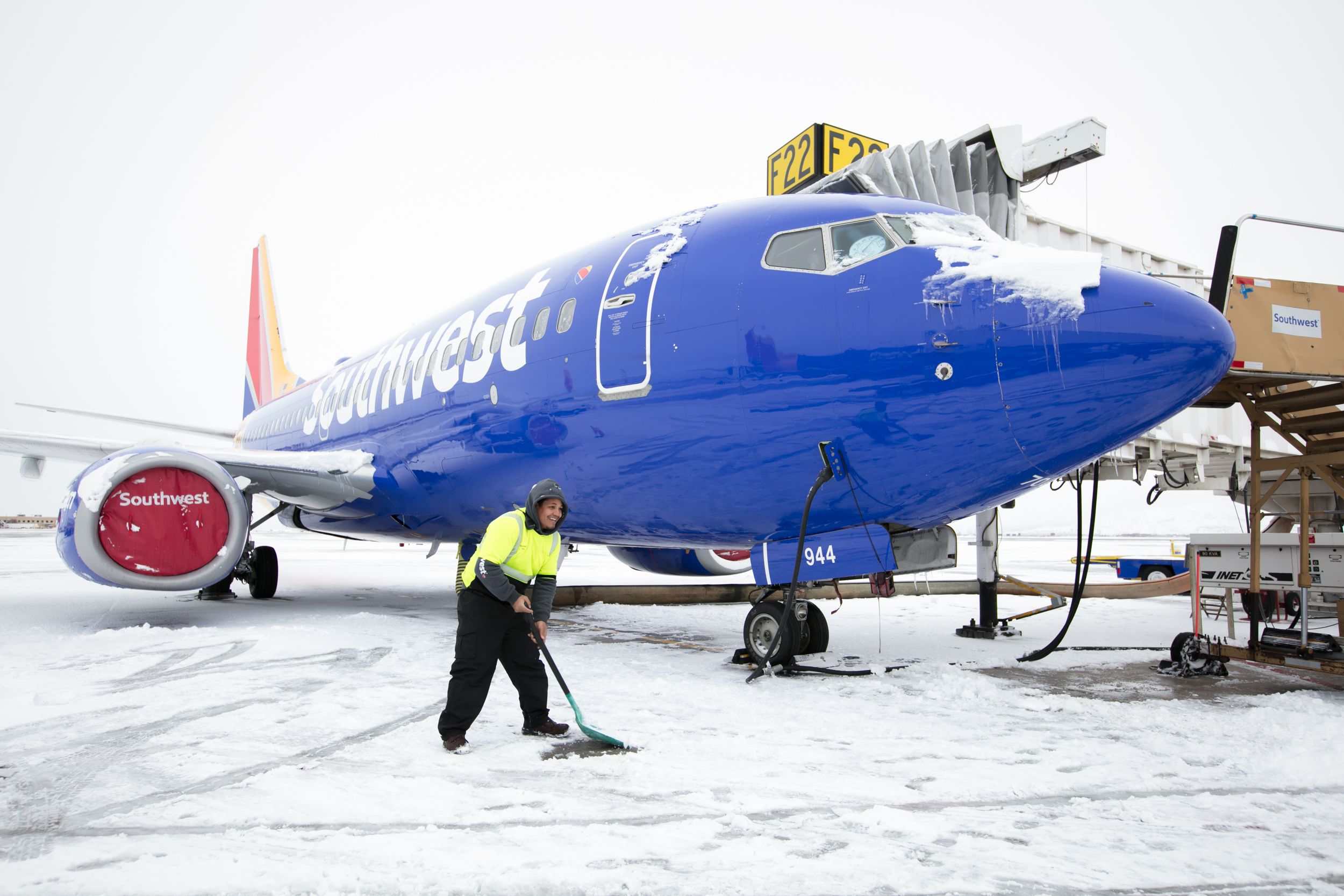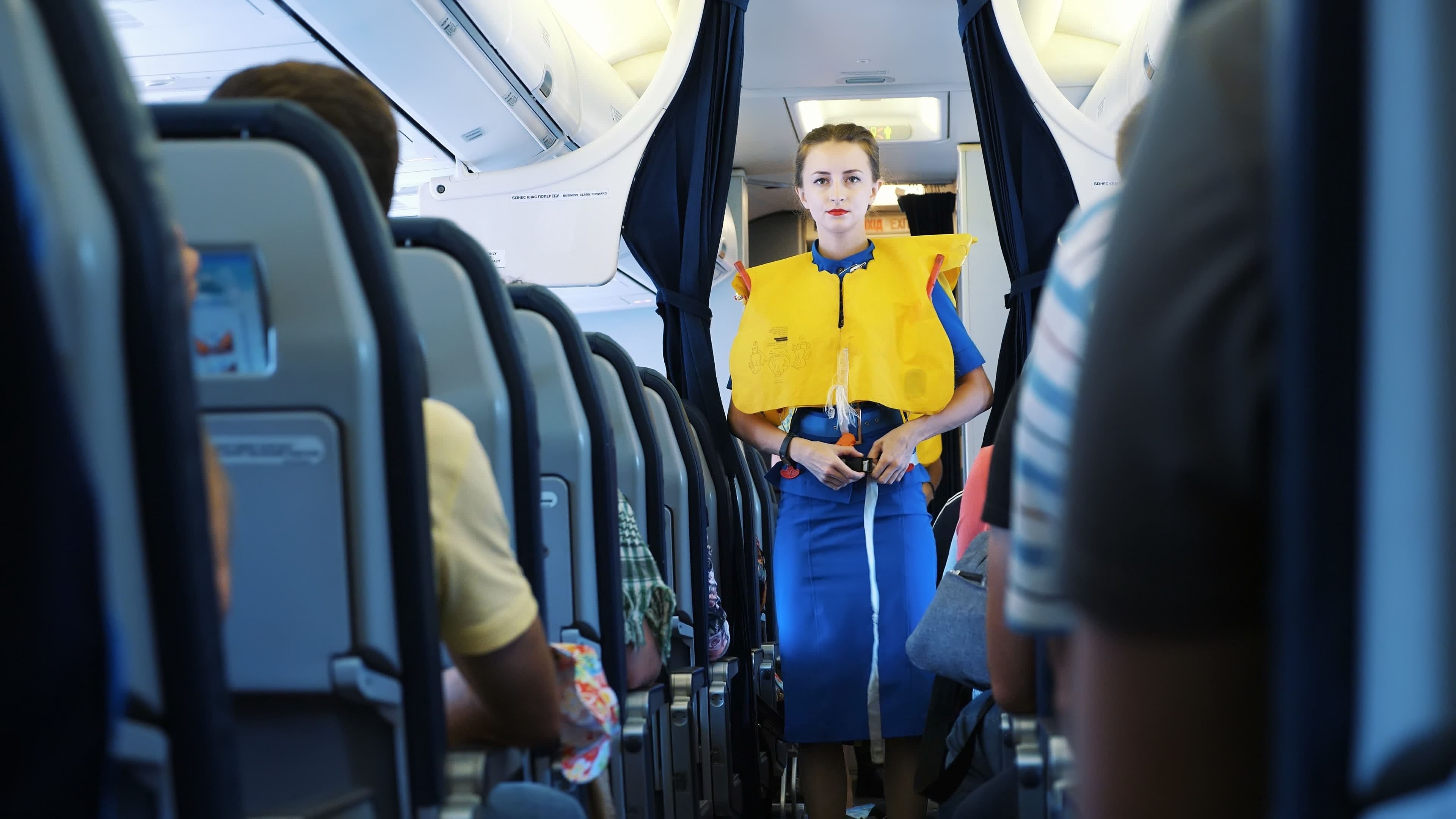Flight delays and cancelations are common occurrences in commercial operations. Air travelers usually have all sorts of stories about their flight disruptions. During winter, flights are mostly disrupted due to inclement weather. Apart from that, numerous reasons can disrupt commercial flights. In such situations, most airlines ensure that passengers are provided with alternate flights and compensated for the inconvenience.
While airlines typically have measures to prevent such occurrences, some flight disruptions are absolutely required for safety, that is, the safety of the aircraft and its occupants. Such disruptions are directed by the aviation regulatory authority of the country to ensure the safety of people onboard. For example, mechanical malfunctions that jeopardize the safety of the aircraft occupants are categorized as required flight disruptions.
This article covers a list of safety reasons that can delay or cancel a flight. Notably, flight disruptions due to safety may or may not be in the operator’s control.
1 Mechanical malfunctions and failures
Canadian Aviation Regulations (CAR) suggest that operators must disrupt flights where mechanical malfunctions and failures have the potential to impact the safety of aircraft and its occupants. Commercial operators intend to follow all safety regulations pertaining to aircraft maintenance and safe operability.
Most aircraft spend nearly 90% of their operating time in the air. Harsh environmental conditions, combined with varying loads on various components of the aircraft, can incur mechanical malfunctions and failures from time to time. Since not all mechanical issues can be anticipated by the airlines, problems that may compromise the safety of the aircraft must be addressed in time. As such, the airlines delay or cancel flights altogether to perform necessary inspections and repairs to the aircraft.
Photo: Benson Truong/Shutterstock
Mechanical failures can be identified during the pre-flight check conducted by the pilots and ground personnel. If something is spotted and deemed unsafe, it can delay or cancel a flight. It is not uncommon for airlines to announce a delay or cancelation during or just before boarding. While passengers may not like the situation, the airlines are required to ground the aircraft until it is safe for operation.
It is noteworthy that scheduled maintenance of the aircraft can also be considered as mechanical malfunctions. However, those are not counted in this category since mechanical failures identified during scheduled maintenance do not impede the safe operation of the flight.
2 The pilot’s time is up!
Commercial airline pilots must work only a certain number of hours each day to maintain the safety of aircraft and passengers. While those hours vary between jurisdictions, a pilot can typically work up to 14 hours in a single shift. During that duty period, pilots can actively operate aircraft (flying time) for up to eight hours when operating solo and for up to 10 hours when accompanied by a fellow pilot.
Flying time is generally calculated from engine start to engine shutdown. Airlines ensure that pilot duty hours are scheduled based on flight schedules to prevent any last-minute disruptions. However, when unforeseen delays impact flight schedules, pilots may have to temporarily walk away from flying duties.
Photo: Airbus
For example, for an 8-hour transatlantic flight, the pilots start their work duty at least two hours before departure. Similarly, pilots may be released from their duty one or two hours after arrival at the destination. In this case, the pilots remain on duty for approximately 12 hours. If the departure is delayed by two hours or more, pilots may fear going over their required duty period of 14 hours at the end of the flight. As such, pilots may walk away from the flight in anticipation.
Airlines lay guidelines for pilots in such situations. The requirement is in place to minimize pilot fatigue and stress from continuous work. Airlines must maintain these limits to ensure the safety of aircraft and passengers.
3 Airline’s Safety Management System
Commercial airlines are generally required to implement a Safety Management System (SMS) across their operations. The SMS comprises safety scope and constraints for processes and flight operations. The SMS ensures that safety risks are managed within all functions. As such, airlines define safety risks, analyze them, and determine mitigation and control techniques.
The SMS also includes a safety assurance element, ensuring all processes and operations are run within a particular safety envelope. When they float outside the safety parameter, an updated risk mitigation process must be carried out. Not abiding by the elements of the SMS or not having an updated SMS may jeopardize the safety of the aircraft.
Photo: United Airlines
For example, If an engine issue is identified during a pre-flight check, which should ideally be raised during a recently scheduled maintenance visit, the airline must ground the aircraft. In this case, the issue is not a recent occurrence but a result of negligence during scheduled maintenance. In such a case, the engine issue compromises the safety of the aircraft and its passengers.
4 Unsafe flying conditions
Weather is considered one of the main reasons for flight disruptions. While aircraft are designed to withstand extreme weather during flight, takeoffs and landings can sometimes be delayed due to severe weather. Weather-related safety conditions are out of the airline’s control yet must be avoided to maintain the safety of flights. Taking off in poor visibility conditions and landing in extreme crosswinds are some examples of safety hazards for flights.
Unsafe flying conditions can also be caused by issues with the Air Traffic Control (ATC) managing the airport or the airspace. When the ATC equipment critical to aircraft safety is out of order, the airlines must delay or cancel their services until the problem is resolved. All commercial flights heavily rely on directional and other information from the ATC. Control towers and facilities usually have redundant equipment and systems to ensure there is minimal or no downtime.
Photo: Southwest Airlines
Airport construction may also lead to delays and can be categorized as a safety concern. Due to congestion at busy airports, ATC personnel must ensure a safe distance between takeoffs and landings. A runway incursion may also pose safety concerns for other flights at and around the airport.
5 Safety decisions made by the pilot
Several airline and ground personnel sign off on the aircraft before it departs from the gate. Pilots flying the aircraft are responsible for conducting pre-flight safety checks. If the pilot has determined a safety risk during the safety check, the flight can be delayed or canceled. For example, if the pilot or a member of the cabin crew has identified a broken seat belt or a malfunctioning oxygen mask, it poses a safety hazard.
Photo: djtrenershutter via Shutterstock
In such a situation, the airline policy may dictate the removal of a single seat from the booking. This may also mean bumping one passenger from the flight. In any case, the flight is disrupted due to a safety concern. Such instances are also examples of not abiding by the airlines’ SMS.
What are your thoughts on the safety risks resulting in flight delays and cancelations? Have you experienced a similar event during one or more of your journeys? Share your experience in the comments section.
Source: Canadian Transportation Agency

